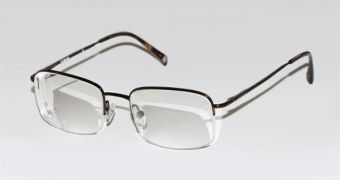Australian researchers at the University of New South Wales (UNSW), in Sydney, published a new scientific study in the journal Archives of Ophthalmology, saying that the number of people suffering from presbyopia – a stiffening of the eye lenses or of the muscle operating these lenses – will drastically increase worldwide, from 1 to 1.8 billion by 2050, as will the number of cases of those left without the ability to conduct tasks requiring short-range vision, which will increase from 410 to 563.
"Without intervention to make spectacles more accessible, the global number of individuals who will have a disability associated with uncorrected presbyopia is predicted to grow to 563 million people by 2020," says Brien Holden, a researcher at UNSW. The condition commonly affects seniors more than other age groups, and it has been said that more than 95 percent of all cases are reported in the developing world, where access to basic medical health care is very often restricted or denied.
Another study in the journal focused on the incidence of retinopathy associated with diabetes in the US population. "Vision loss related to eye disease among people with diabetes is an important disability that threatens independence and can lead to depression, reduced mobility and reduced quality of life," says Jinan Saaddine, a researcher at the US Centers for Disease Control and Prevention (CDC).
According to CDC Atlanta, the number of those suffering from this condition could go up from 5.5 million Americans in 2004 to 16 million in 2050, which would pose a significant health risk to the entire population and would create the need for a very expensive health system. In diabetic retinopathy, small blood vessels on the retina begin to grow out of control, which, in time, triggers vision loss and, eventually, complete blindness. Cataracts and glaucomas are also high on the list of eye conditions diabetics can develop as a result of their disease.

 14 DAY TRIAL //
14 DAY TRIAL //